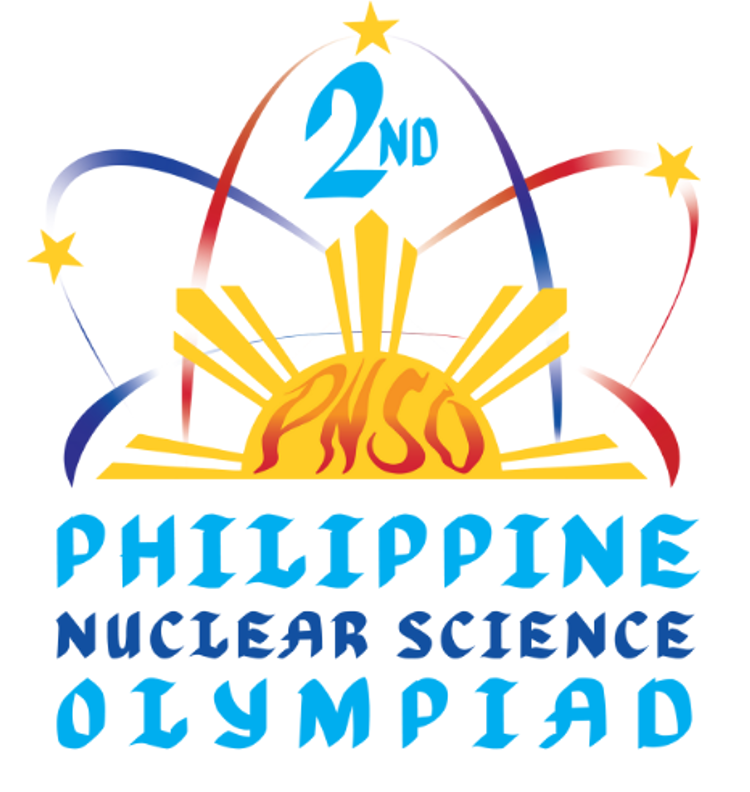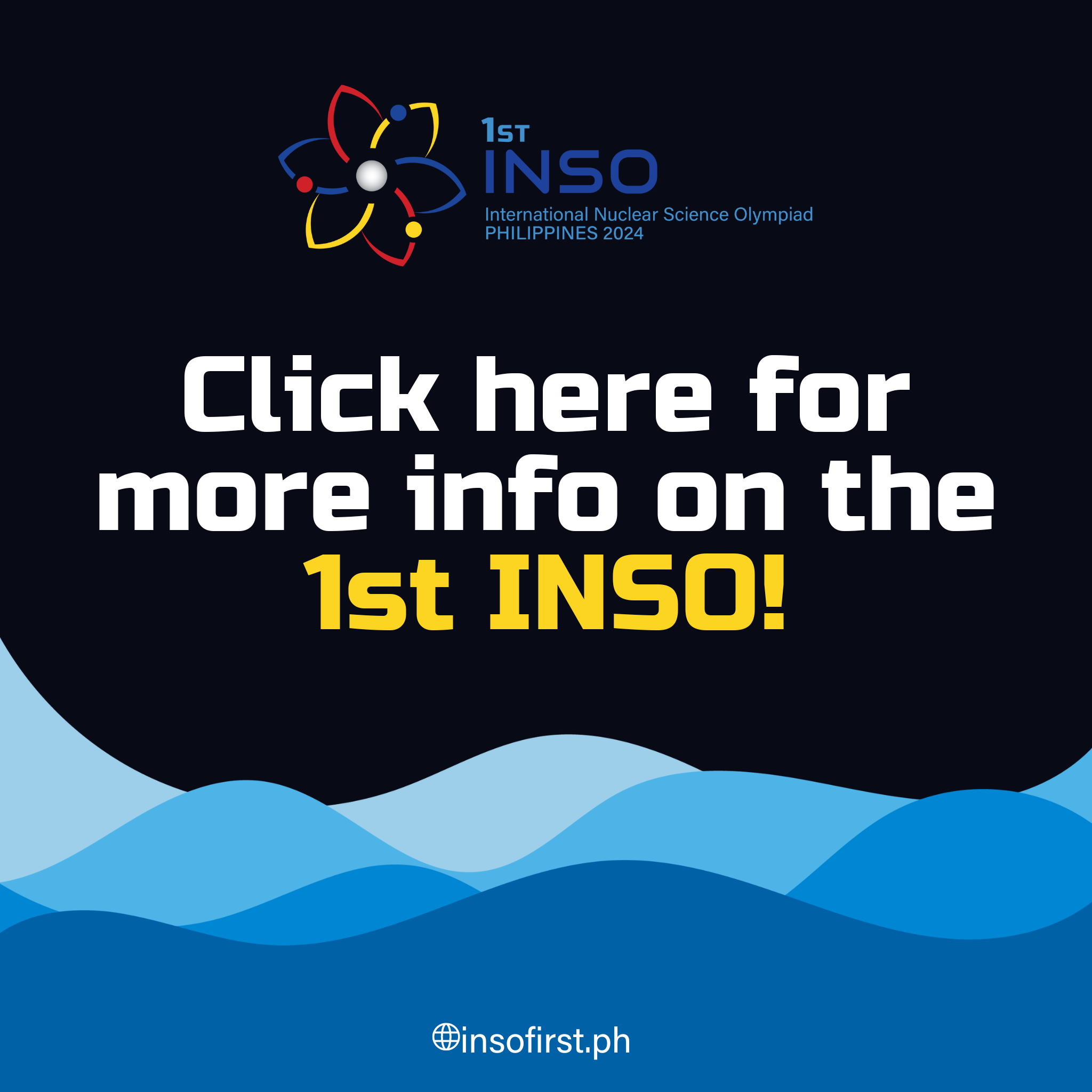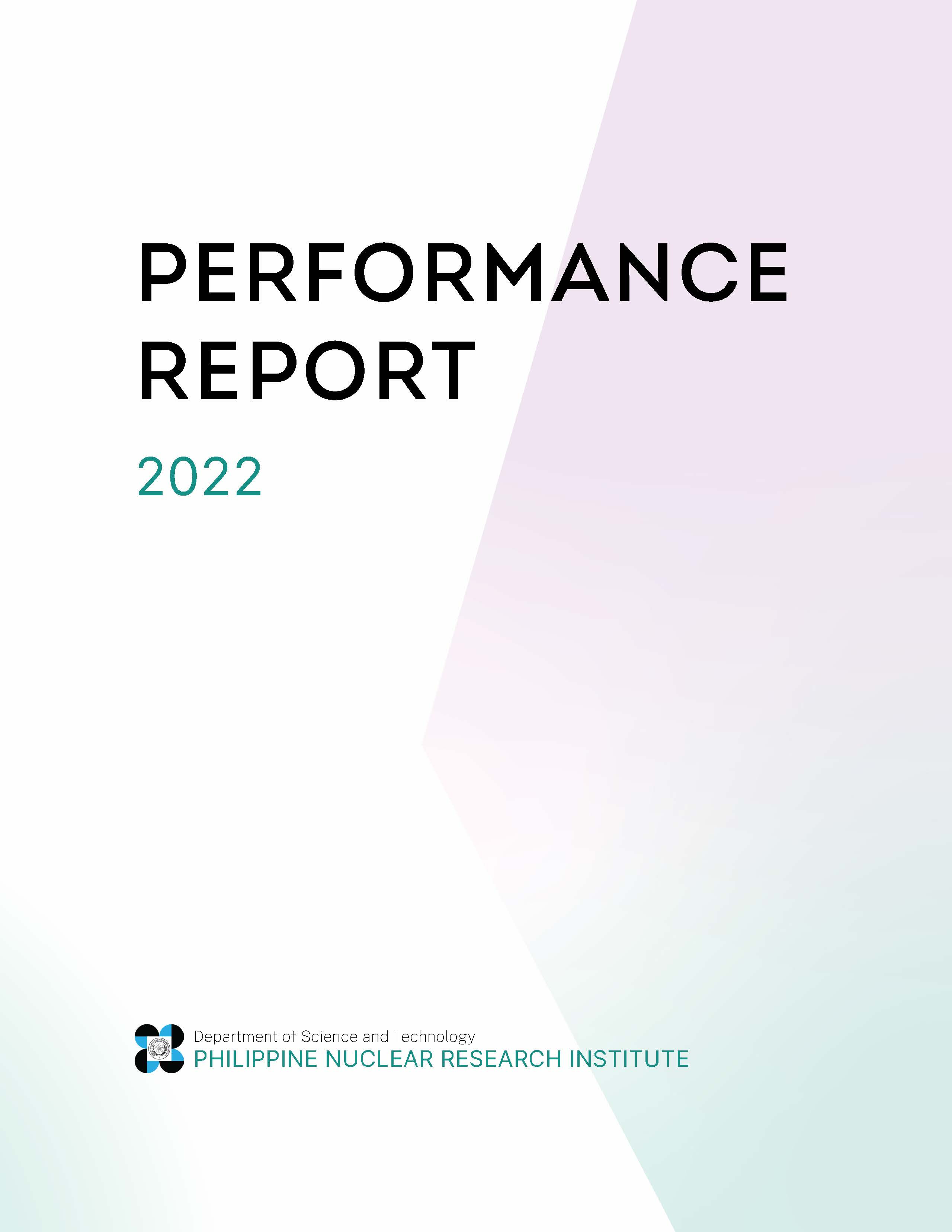
A PNRI researcher conducting analysis of vinegar samples using the liquid scintillation counter
8 Out of 10 Vinegar Brands Synthetic, “Fake”, Isotope Studies Show
Recent studies on hundreds of vinegar samples in the Philippines showed that most of these products are “fake” and not made from natural sources.
Researchers from the Department of Science and Technology – Philippine Nuclear Research Institute (DOST-PNRI) used isotope-based analytical techniques to determine that from more than 360 samples of vinegar in the Philippines, 8 out of 10 are made from synthetic acetic acid.
“Condiments usually undergo the process of fermentation, and the raw materials must come from fruits and other natural products,” said Mr. Raymond Sucgang, Section Head of the PNRI Nuclear Analytical Techniques Applications Section.
His team’s research project distinguishes vinegar and other condiments from natural or plant-based sources from those which are derived from petroleum-based sources.
“One can only imagine all the impurities and residues from the petroleum by-products, which can be the source of various degenerative diseases,” said Mr. Sucgang.
Isotope techniques help to detect the adulteration in vinegar through radiocarbon assay using carbon-14. The natural vinegar coming from plants will have traces of carbon with natural radioactivity, unlike those made from synthetic raw materials.
The results of the vinegar studies are being submitted to the Food and Drug Administration (FDA), and will hopefully serve as a basis for the development of a new Vinegar Standards of the Philippines.
PNRI researchers are also developing isotope analytical techniques for use in detecting synthetic by-products in other condiments such as ketchup, fish sauce or patis, and soy sauce or toyo. State-of-the-art equipment such as the liquid scintillation counter and the isotope ratio mass spectrometer will be used to study the isotope composition of these condiments, particularly carbon-13 and nitrogen-15.
Meanwhile, the Institute continues to open its services to customers from various sectors on the use of its nuclear analytical techniques for their products. PNRI’s analytical laboratories and services are certified under ISO 17025:2005 and under ISO 9001:2015.
Read More: FDA sets crackdown on traders of fake vinegar (from Manila Standard)













































